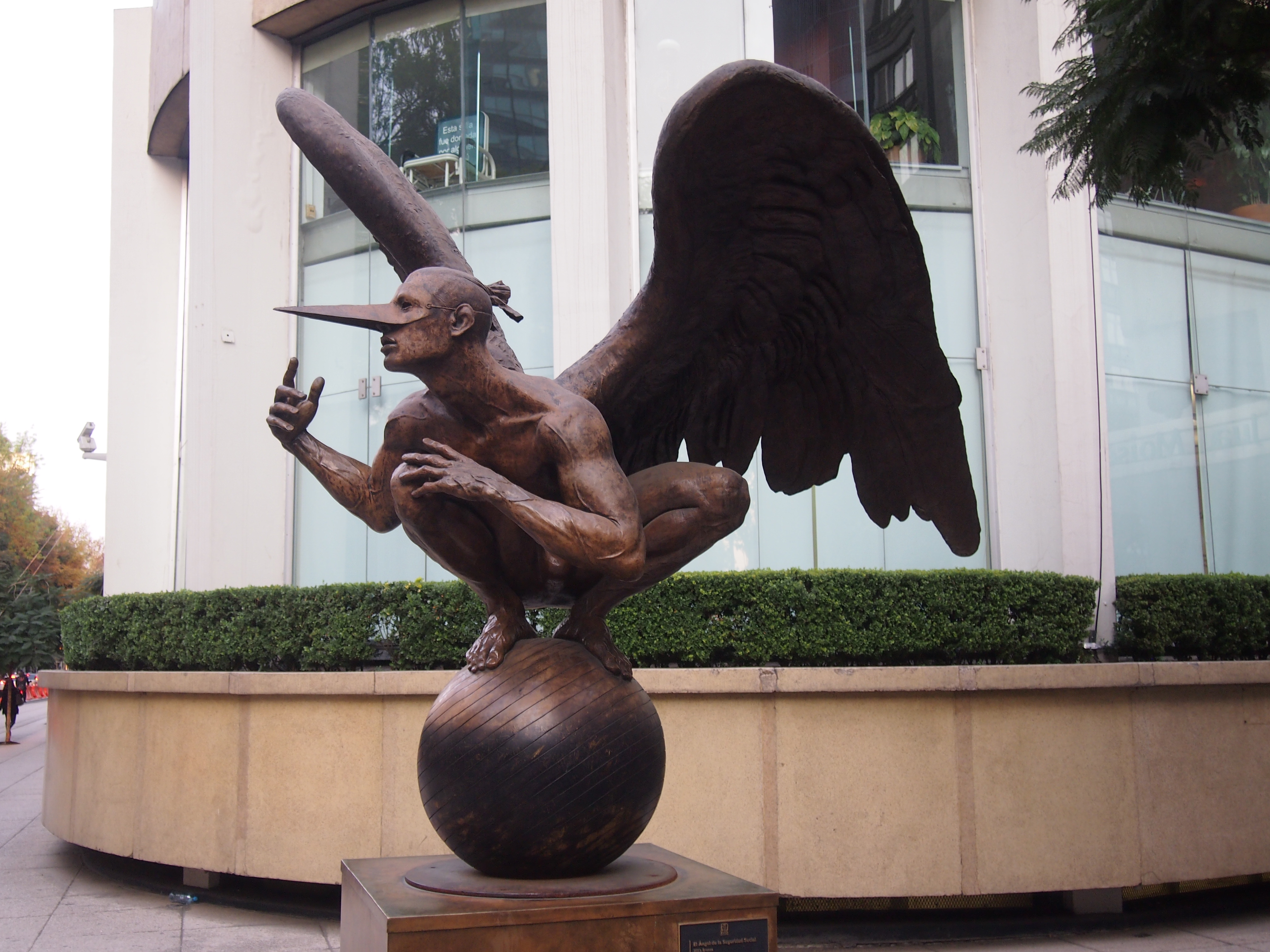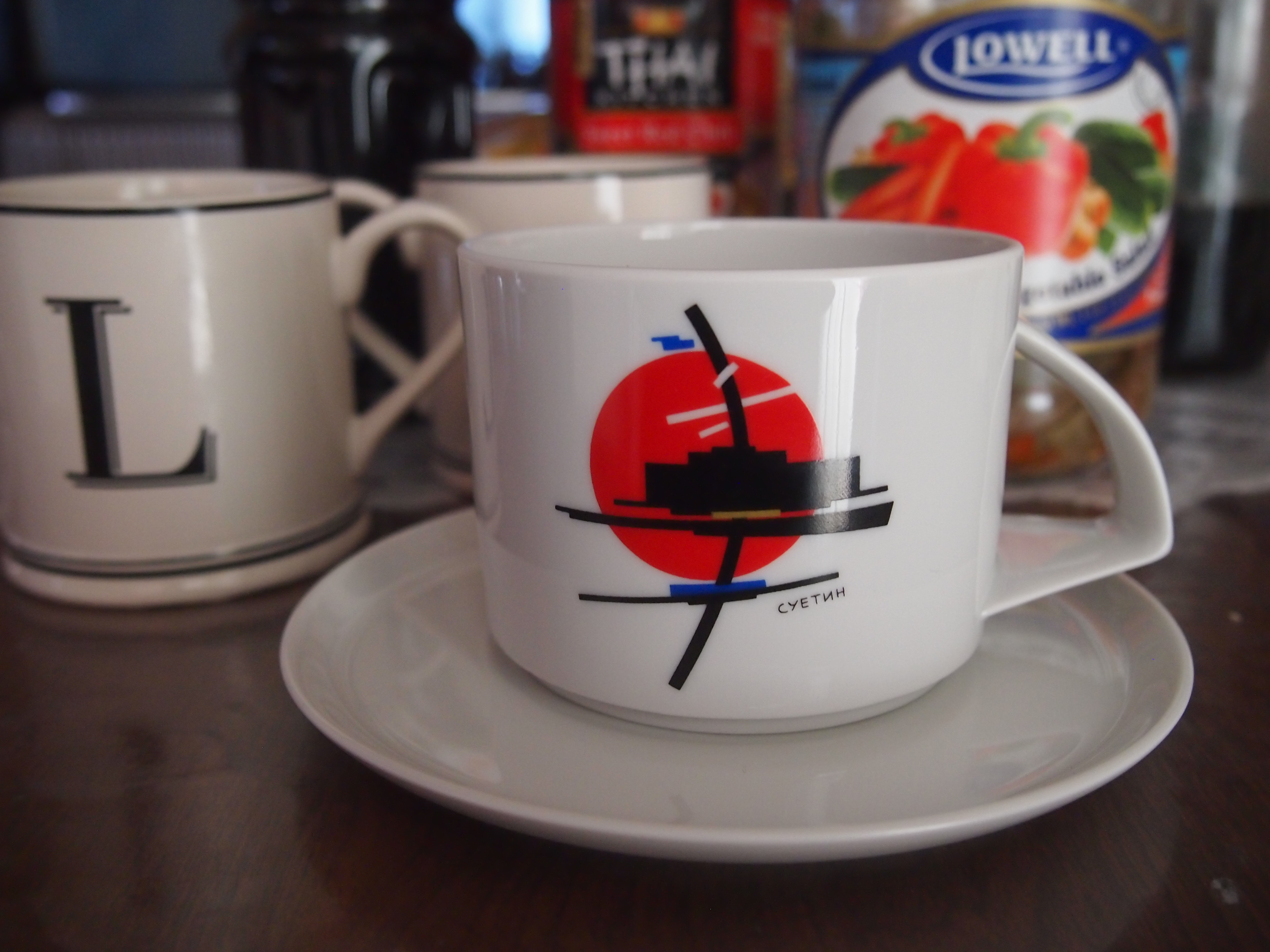Intense periods of rain marked the day and into the night, with snow ahead. A nonsticking April sort of snow, but still carried by stiff unpleasant winds. A rearguard winter wind, and winter winds blow only in one direction. In your face.
It was merely chilly Saturday before last when we strolled down Wacker Drive and Michigan Avenue in the evening in downtown Chicago, partly along the Chicago River. Some old favorites rise in that area, such as Marina City.
Idly curious, I looked up some listings for condos in the building. For less than $300,000, one can buy a 500-square foot unit, listed as zero beds, one bath. I wonder what that means in context: a Murphy bed? Not like some utilitarian job you might have found in the Kramdens’ apartment, but maybe something a little more upmarket. Are there upscale Murphy beds? Of course there are.
At more than 60 years old, Marina City doesn’t count as the newest and poshest, but it has historic appeal, and has any other residential complex seen a fast-moving auto pitched out of its parking garage into a river? Such happened for The Hunter (1980), the last Steve McQueen movie. A bad guy’s fate, if I remember right.
The Wrigley Building, legacy of a chewing gum fortune. What more to say about the masterpiece on the Chicago, open now these last 100 years?

The courtyard north of the building is formally the Plaza of the Americas, which I’m sure only tour guides call it. On windy days the flags of the OAS fly over the plaza. Does the actual flag of the OAS also? Its design: Let’s wheel all the national flags together. It’s a recognized way to organize flags, but on a flag? 
At the west end of the plaza is a bronze Benito Juárez, a gift of Mexico to the city of Chicago in 1999, with one Julian Martinez listed as the artist (not this artist). At night, Juárez doesn’t catch the light very well.
These golden wings are a newer addition to the plaza, 2022, and supposedly temporary. Another of the pairs of wings that have sprouted worldwide, though these are sculpted, not painted.
“Wings of Mexico” by Jorge Marin. A little digging around, and I see that he did “El Ángel de la Seguridad Social,” which we spotted in Mexico City.
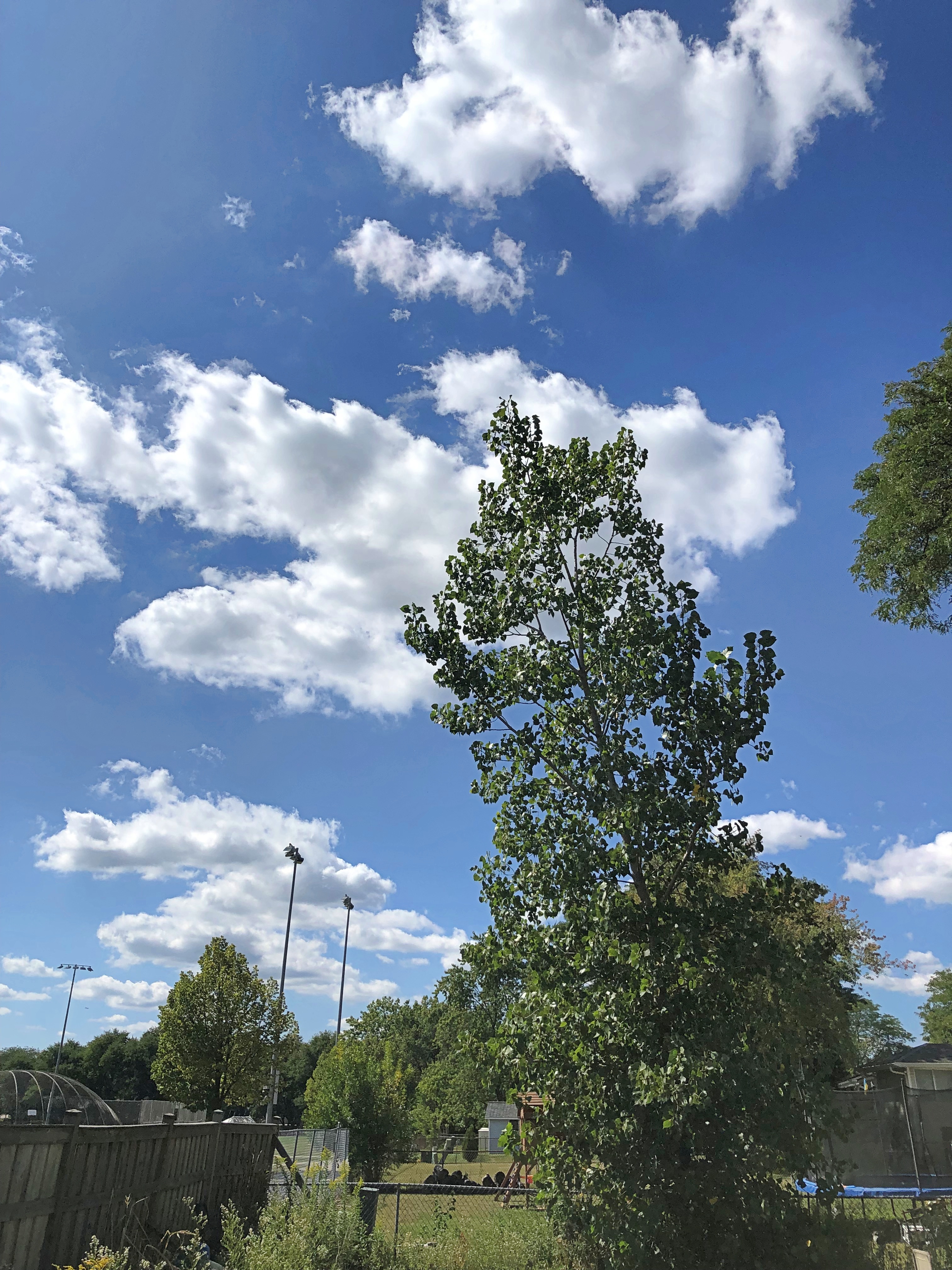



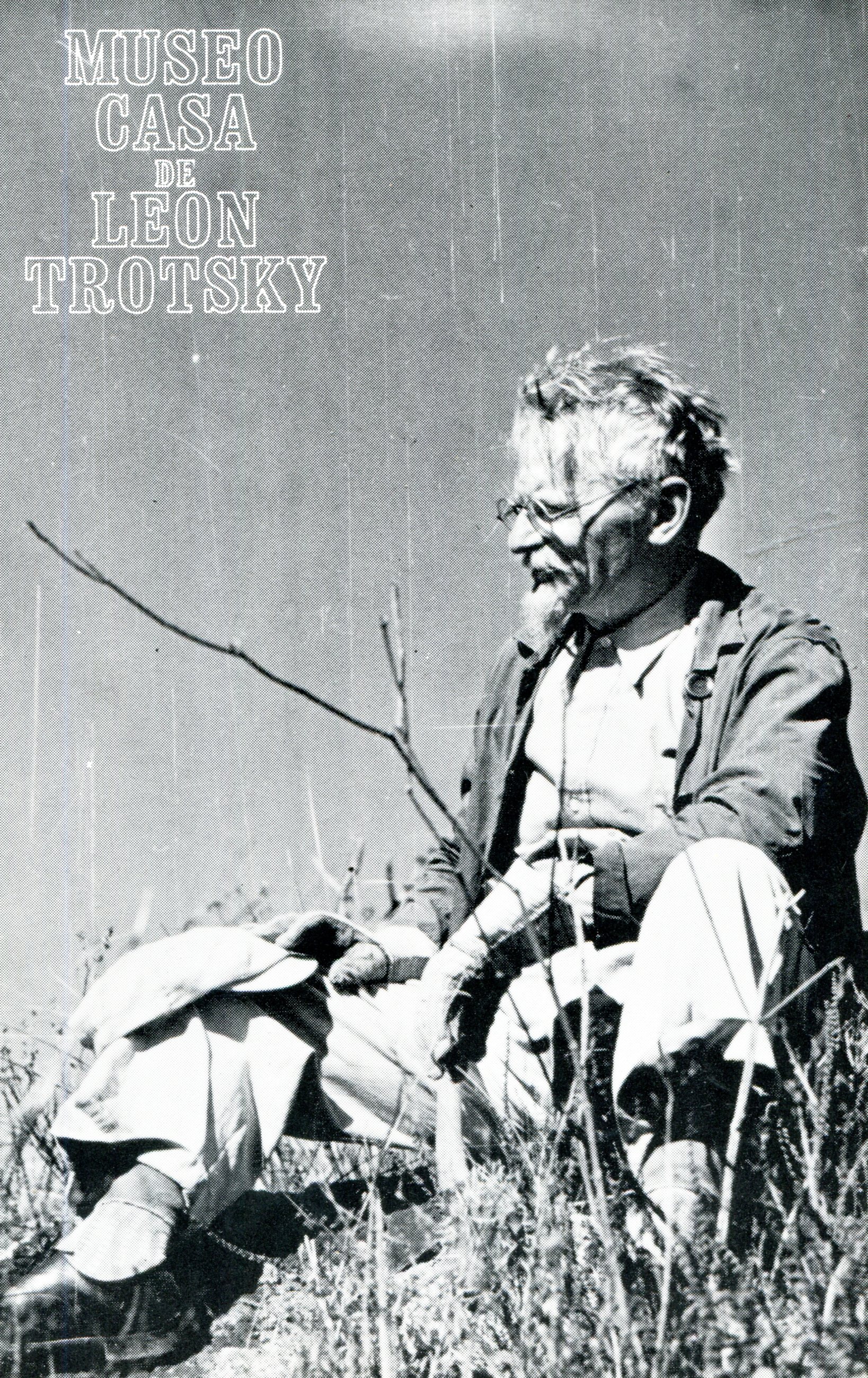
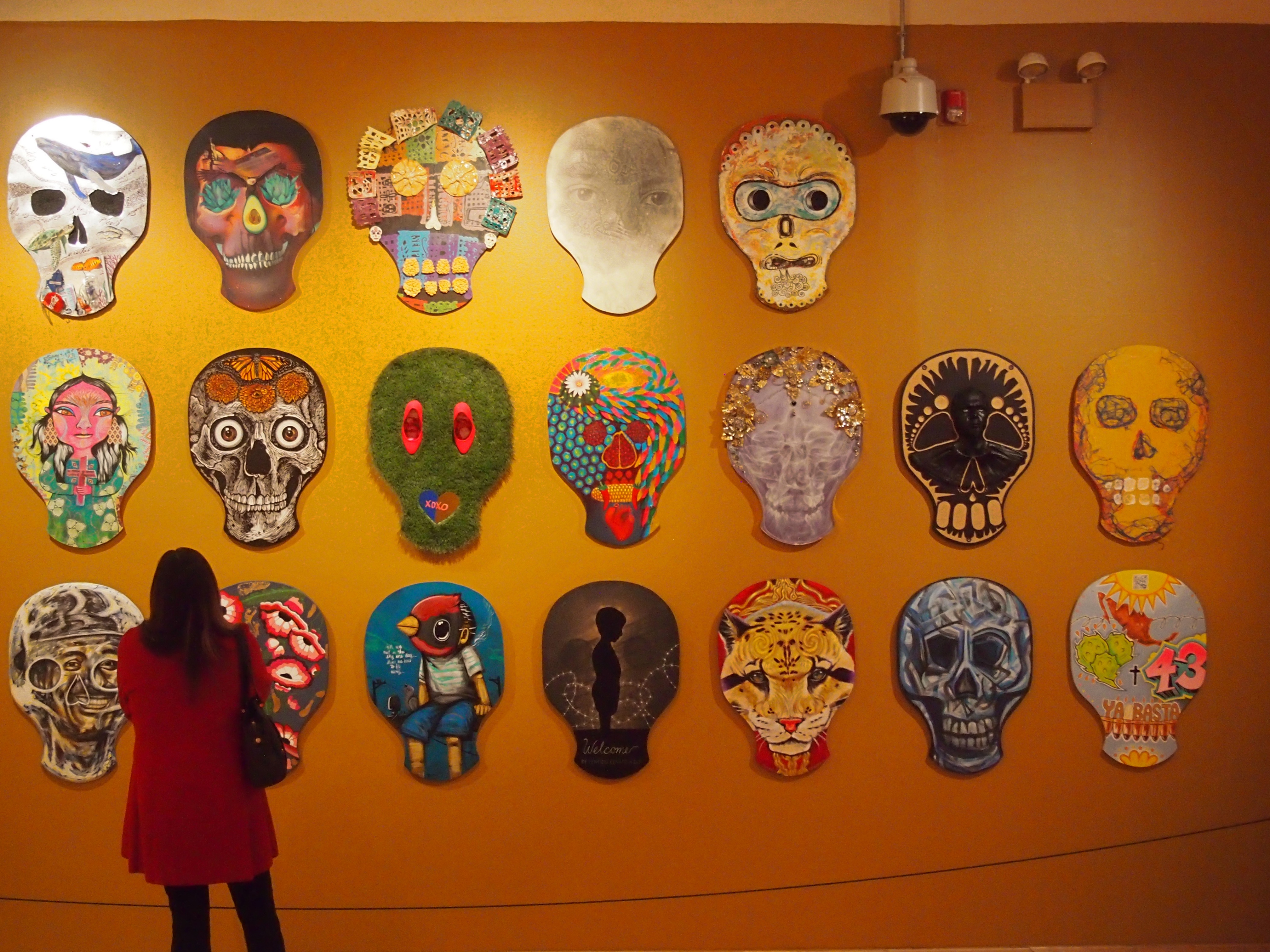
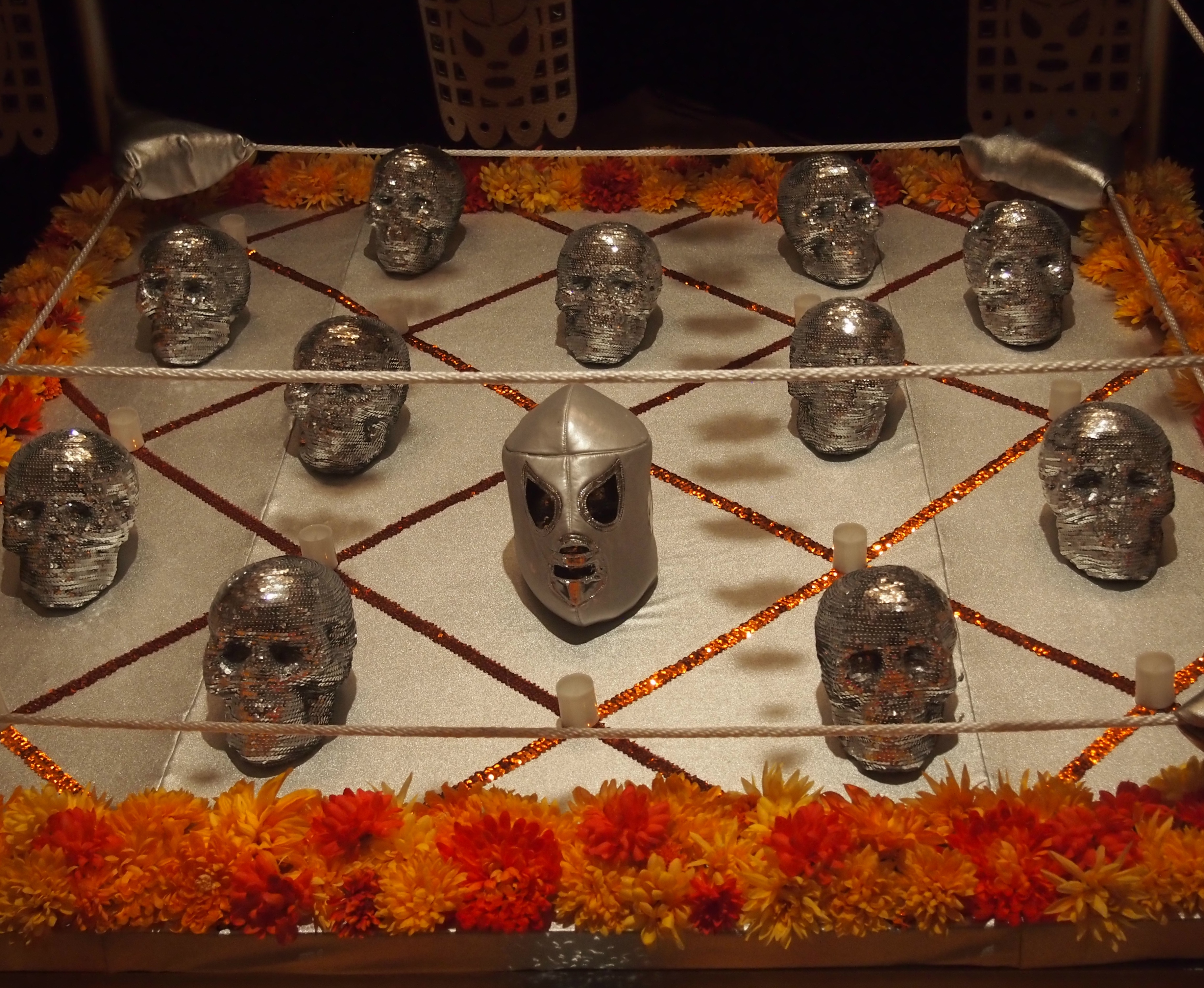
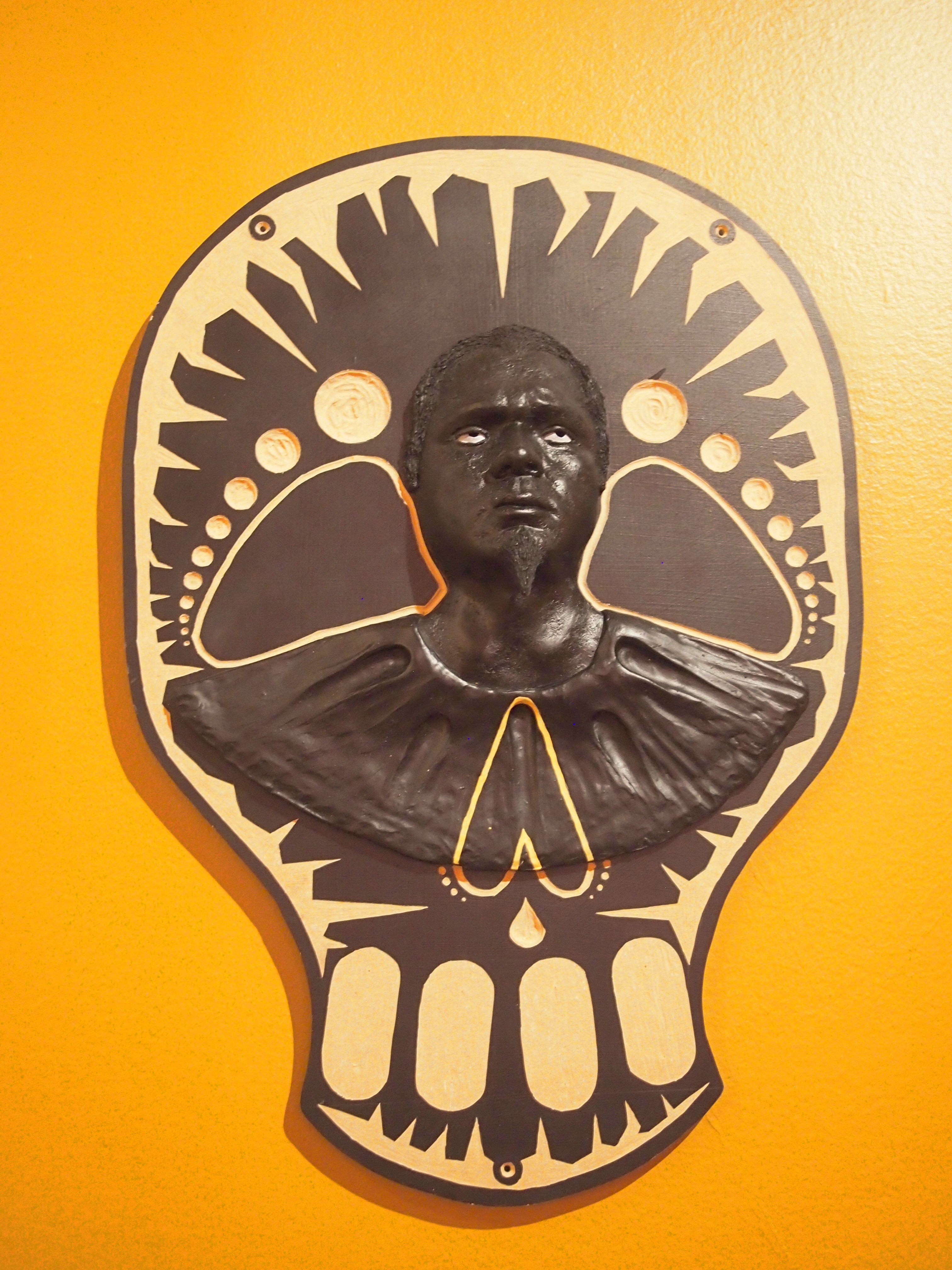
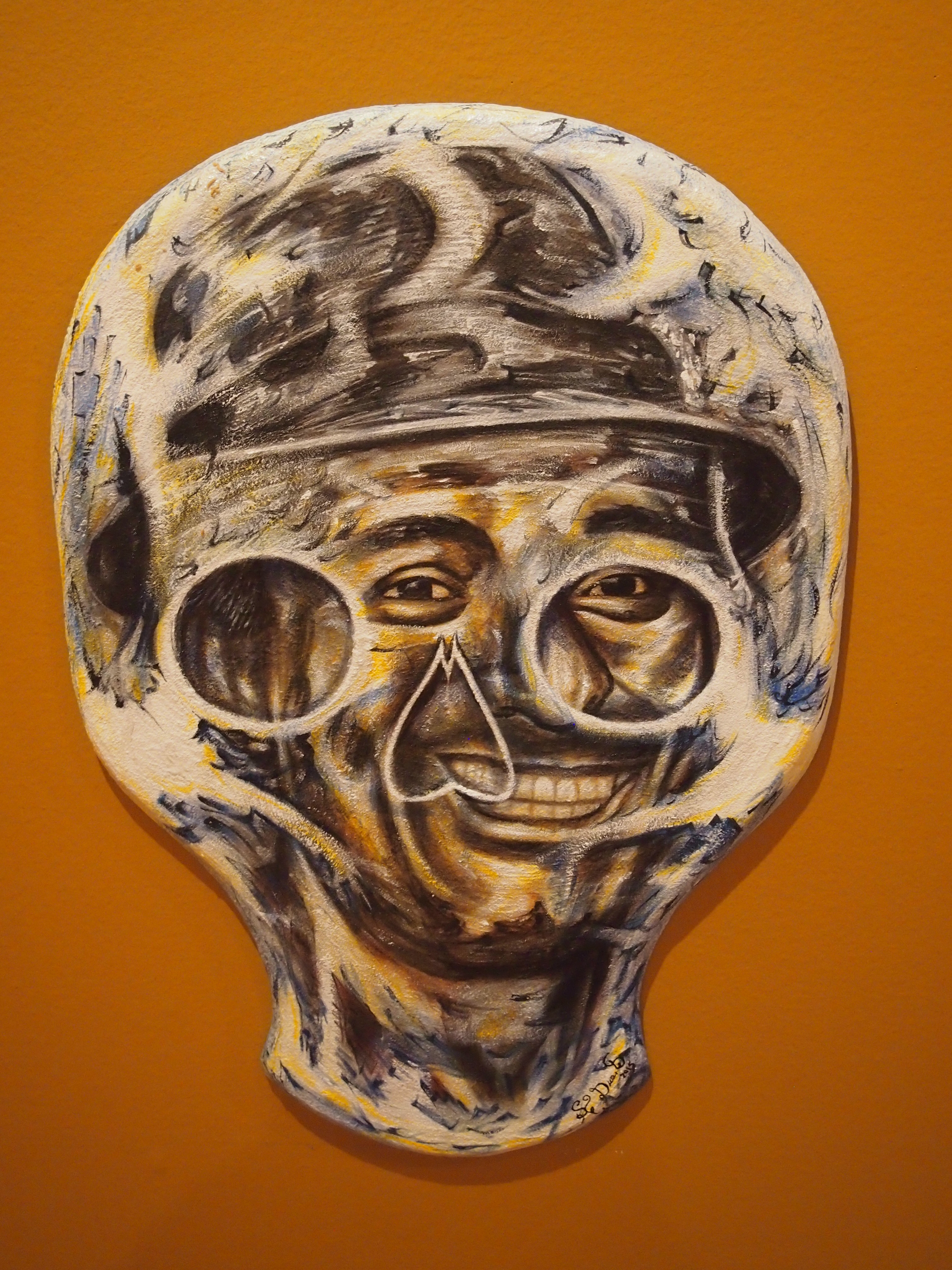
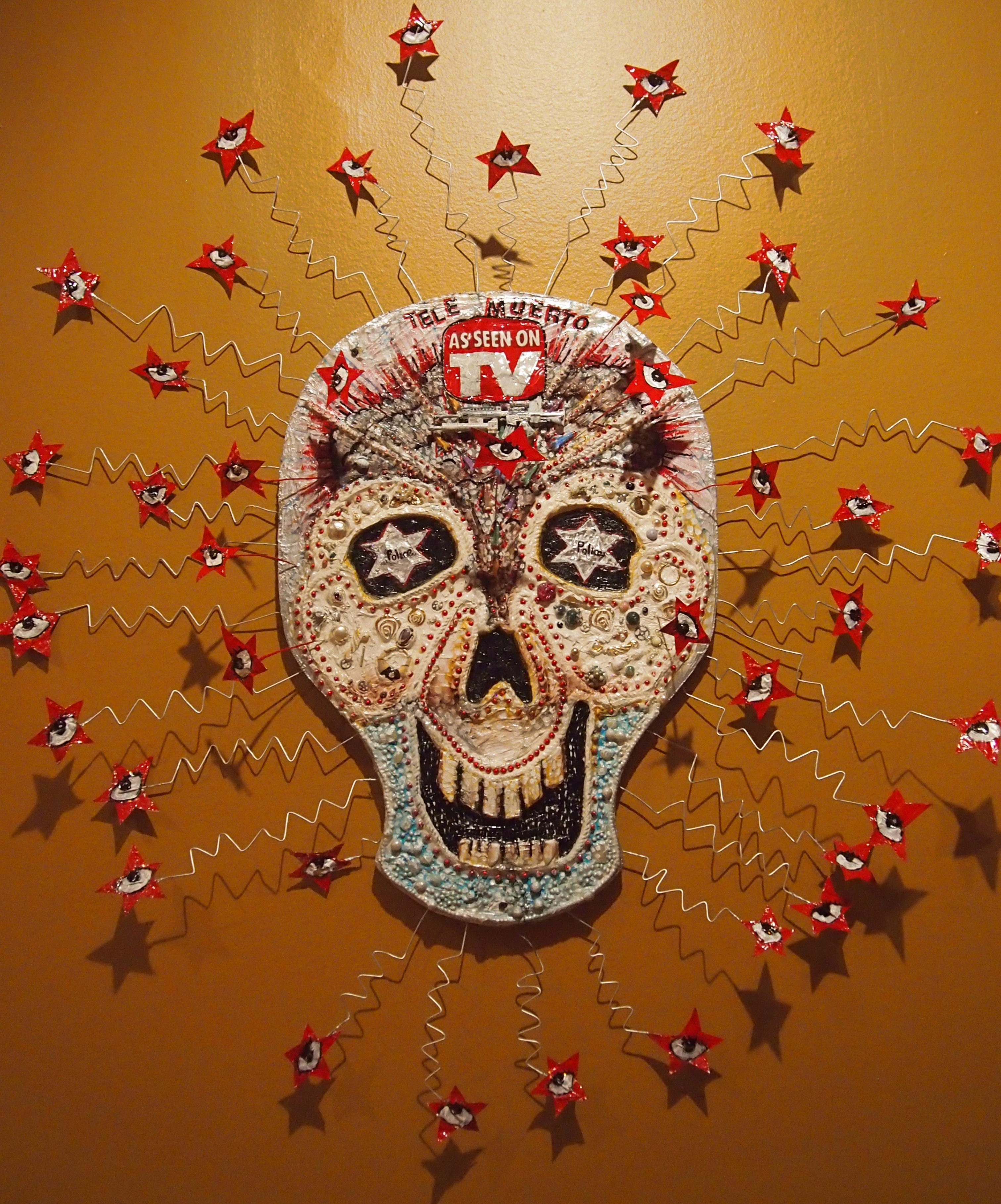
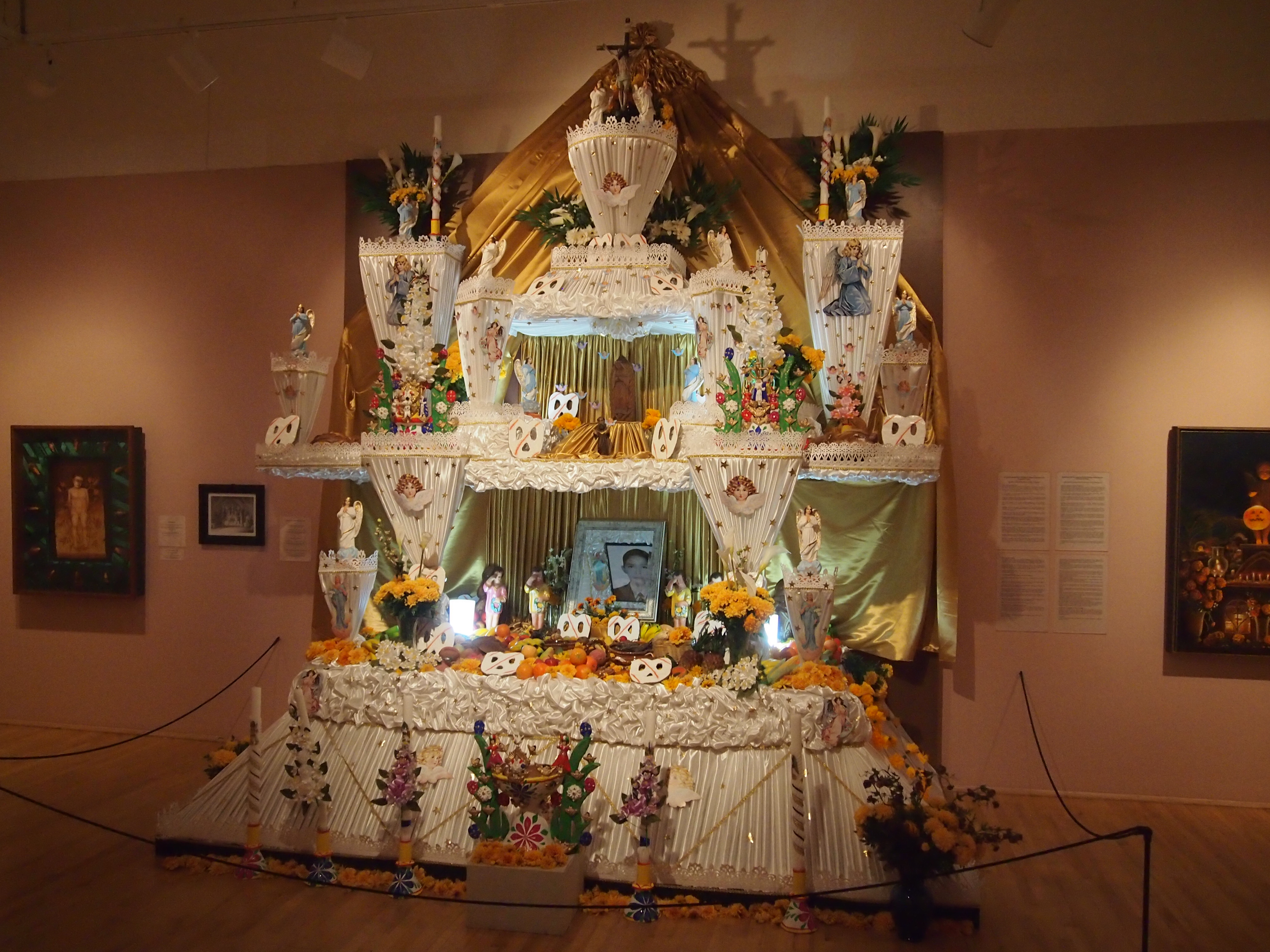
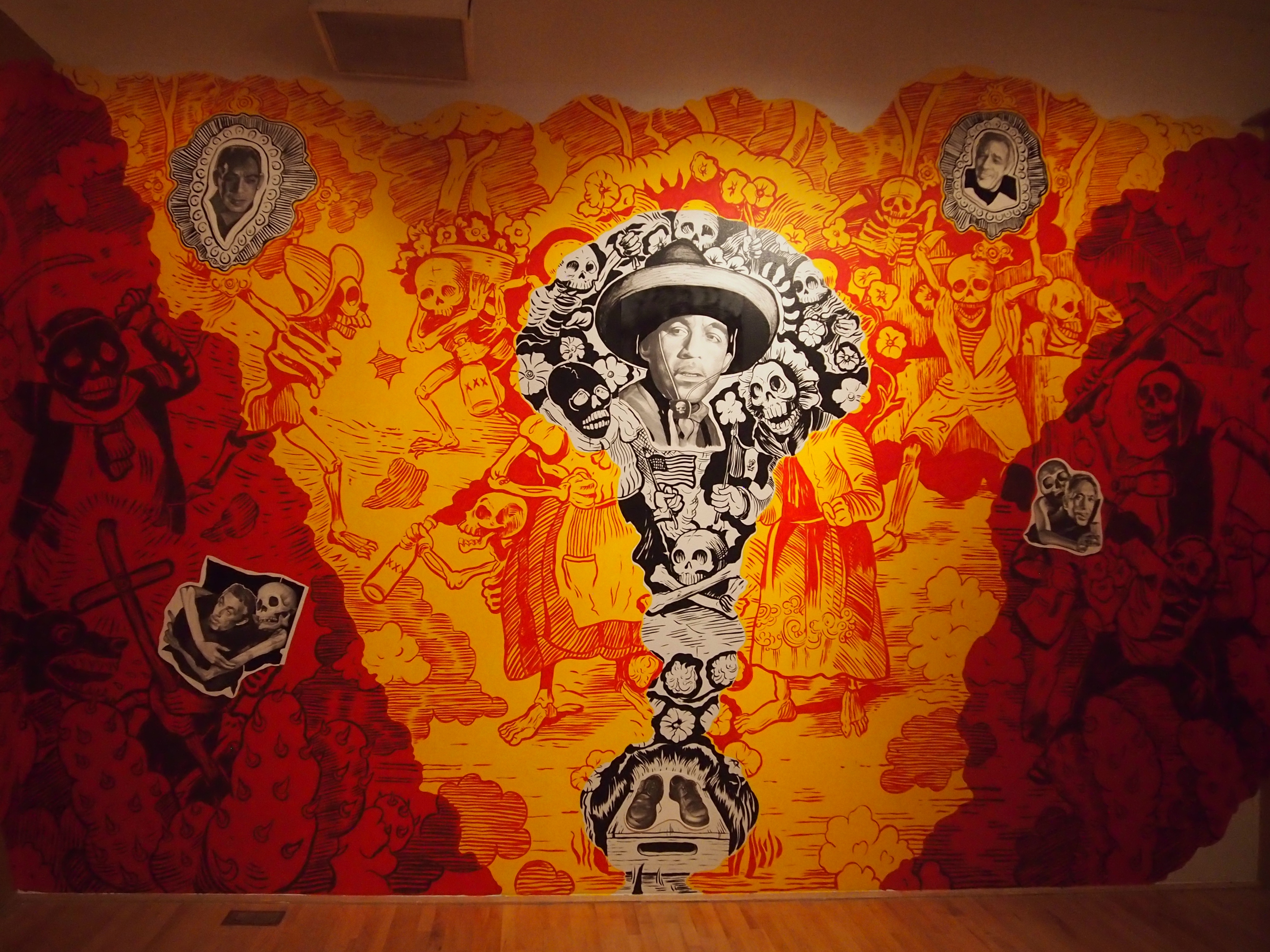



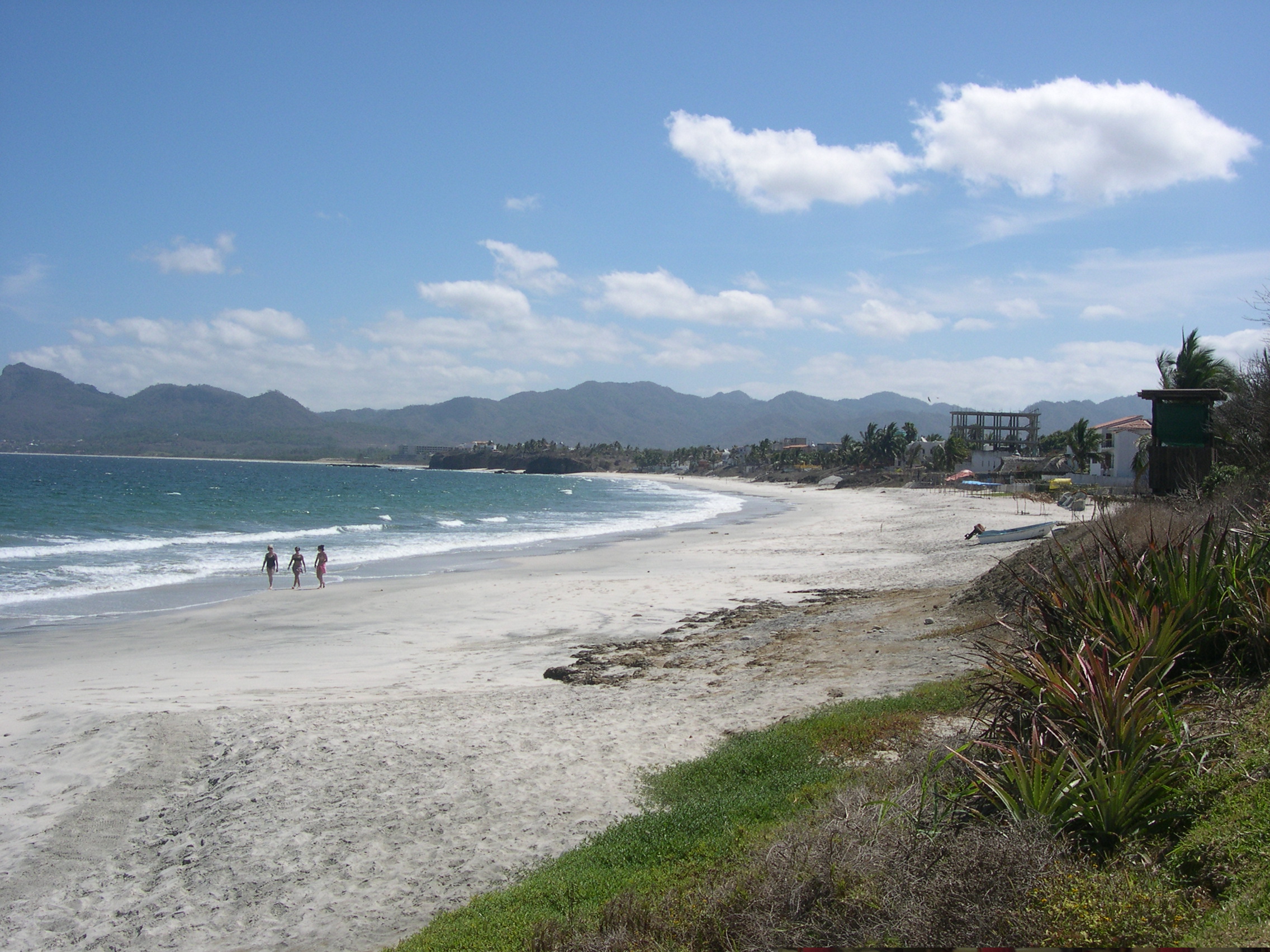
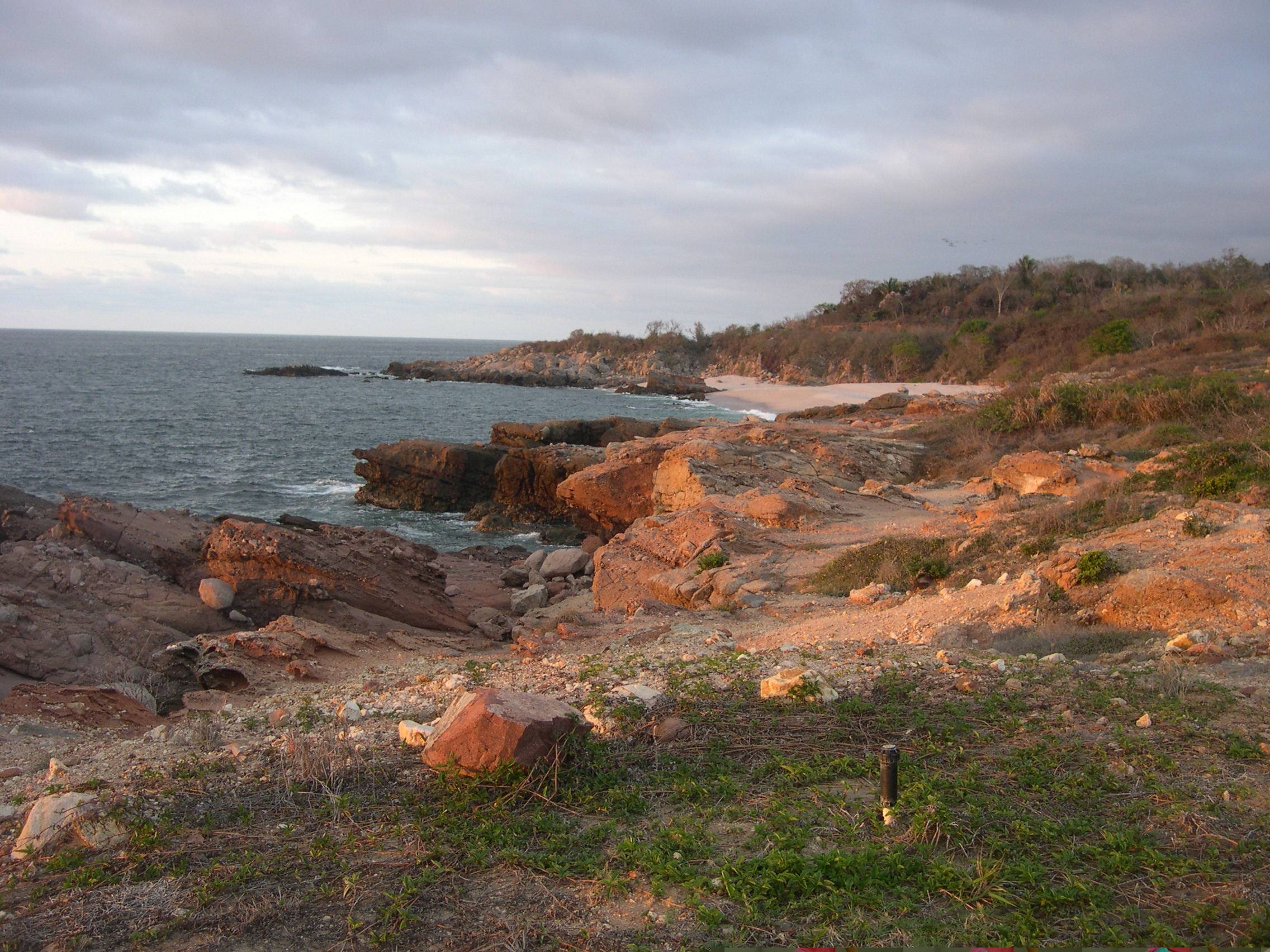
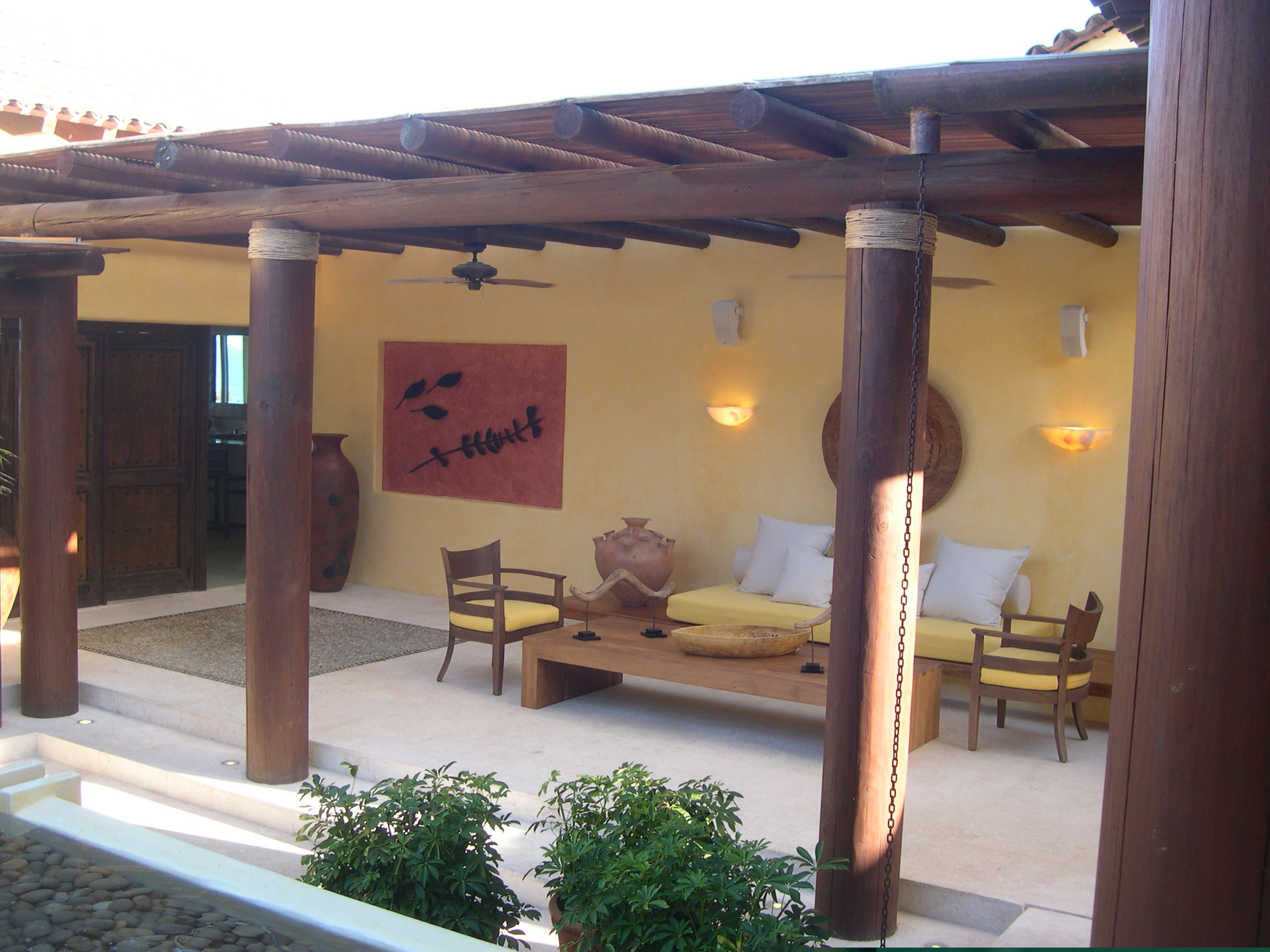
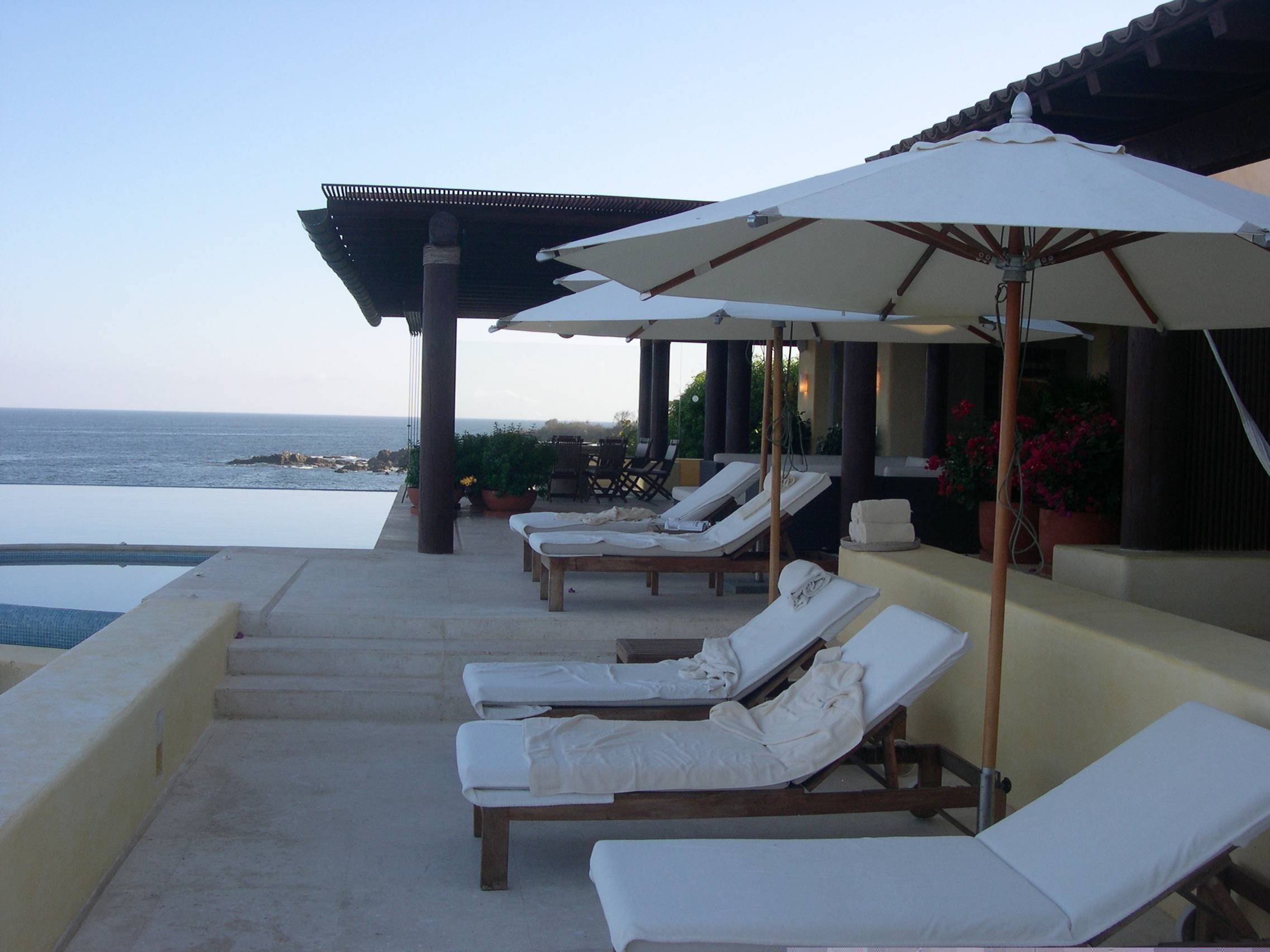
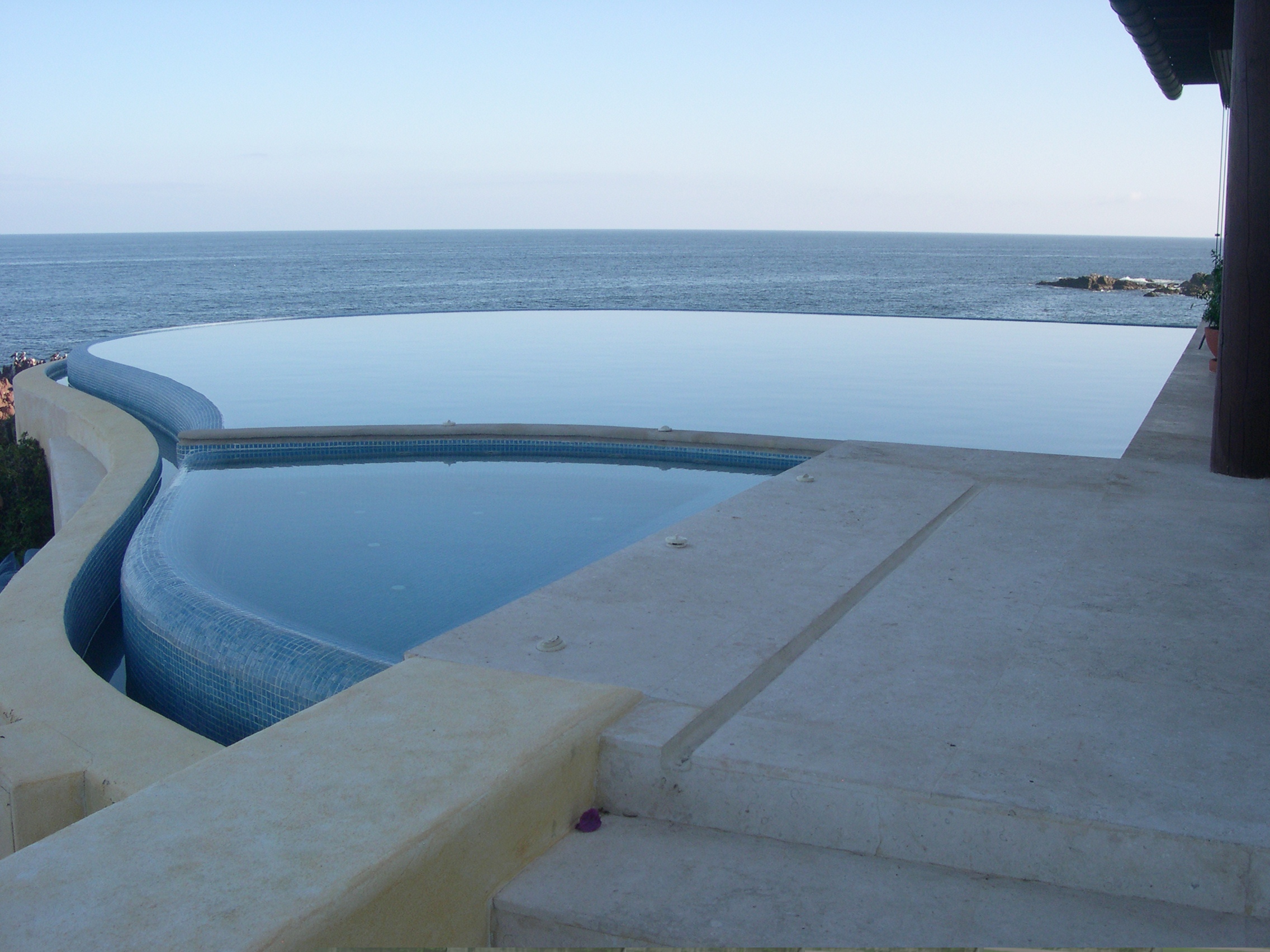
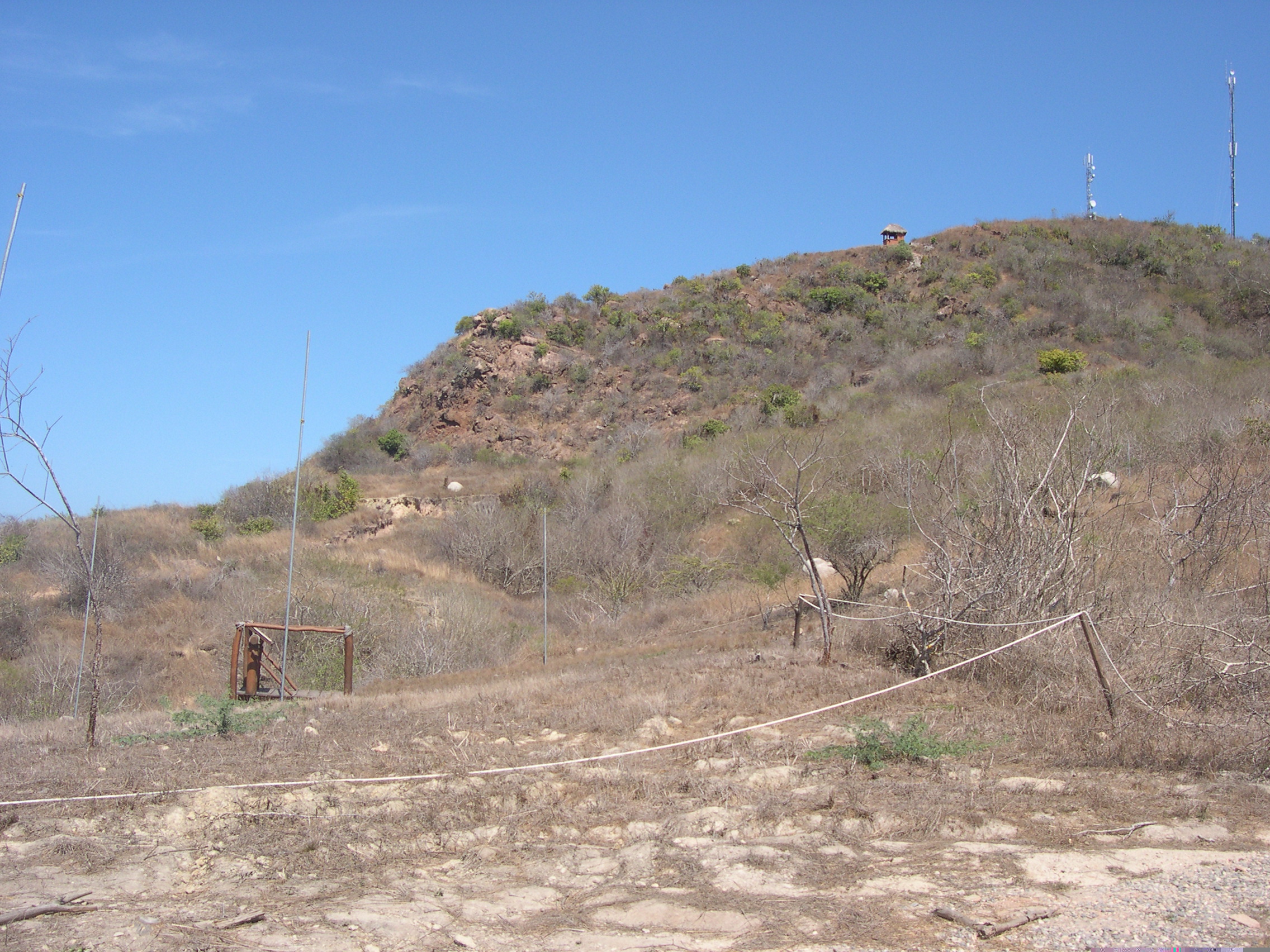

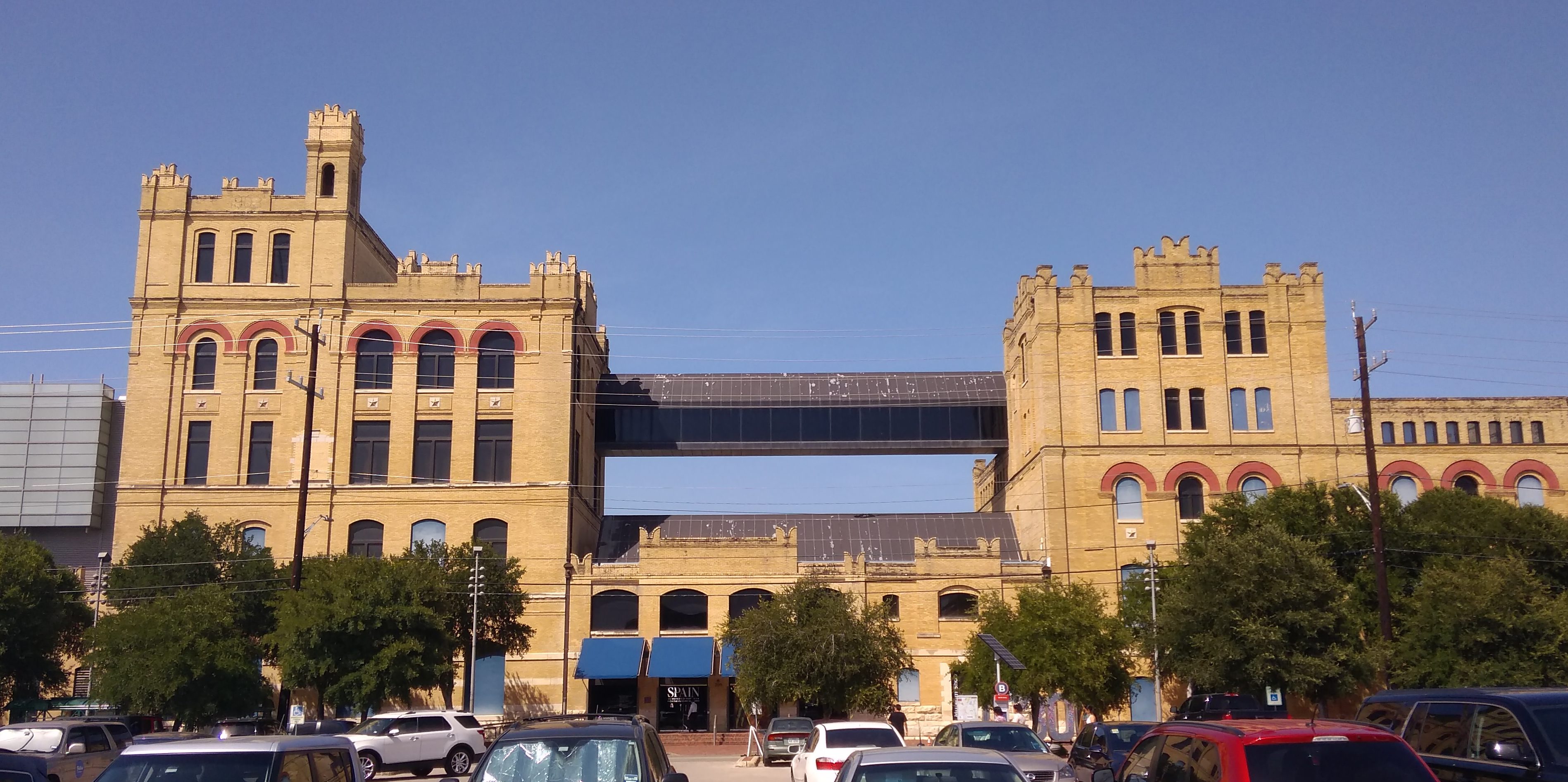
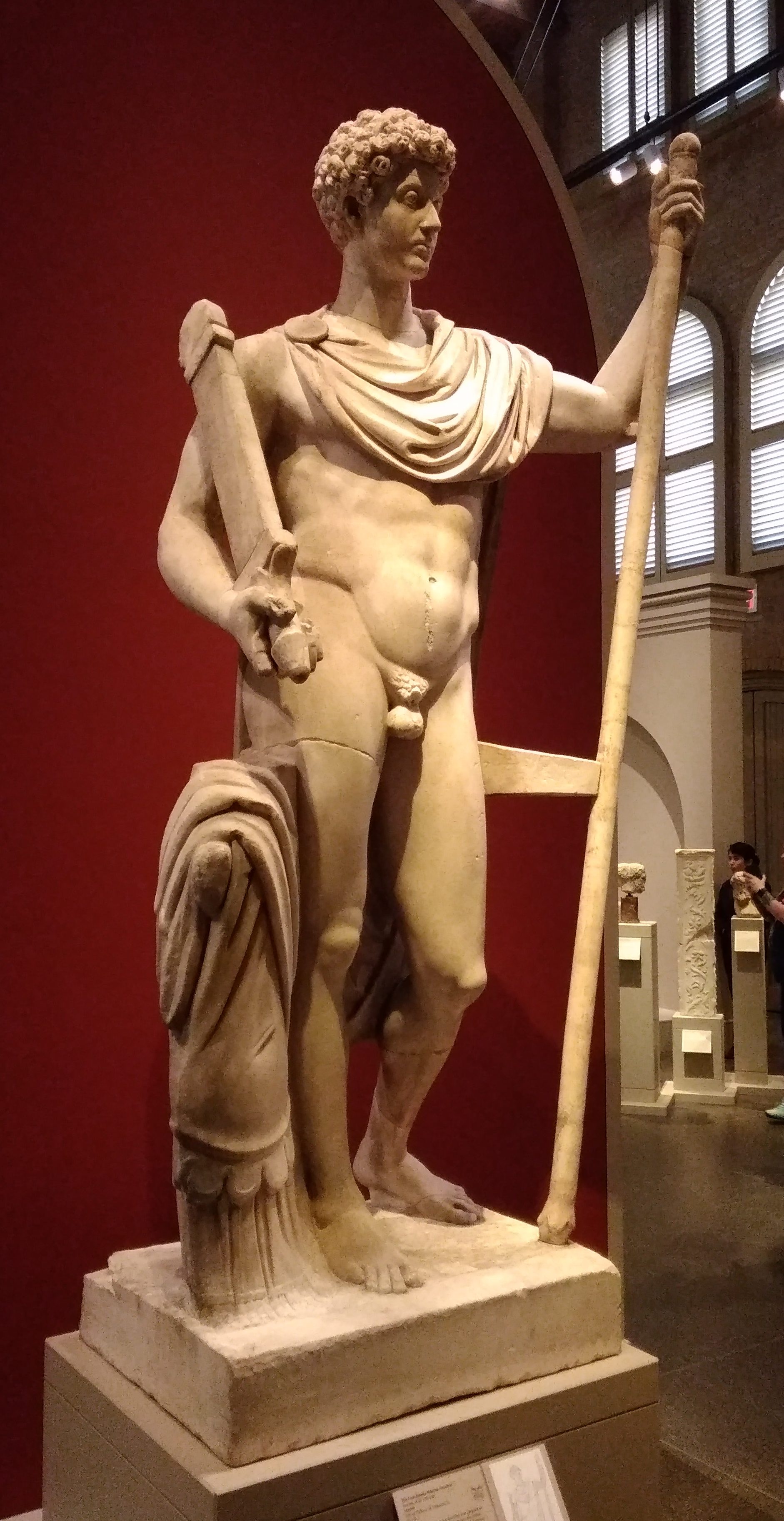
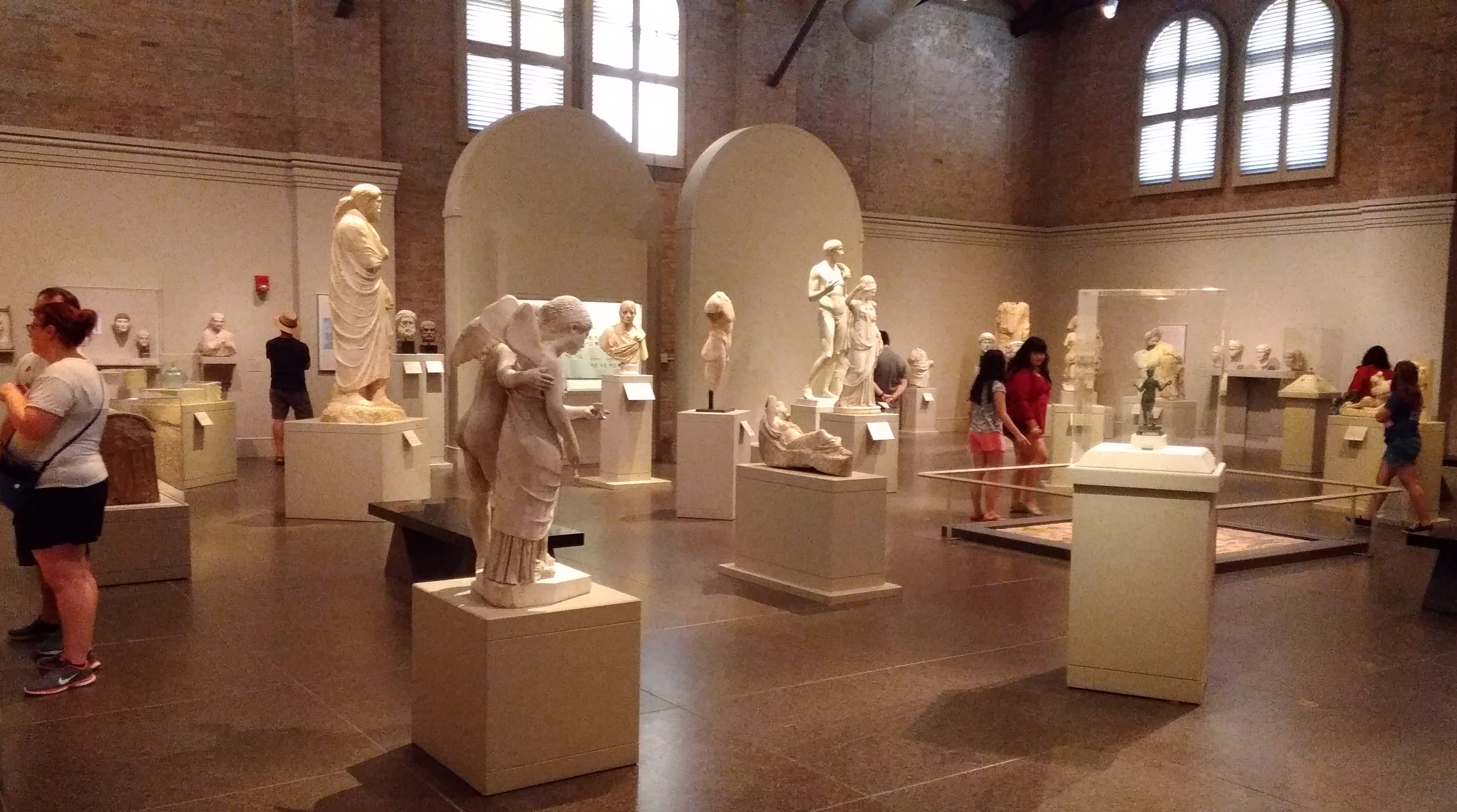
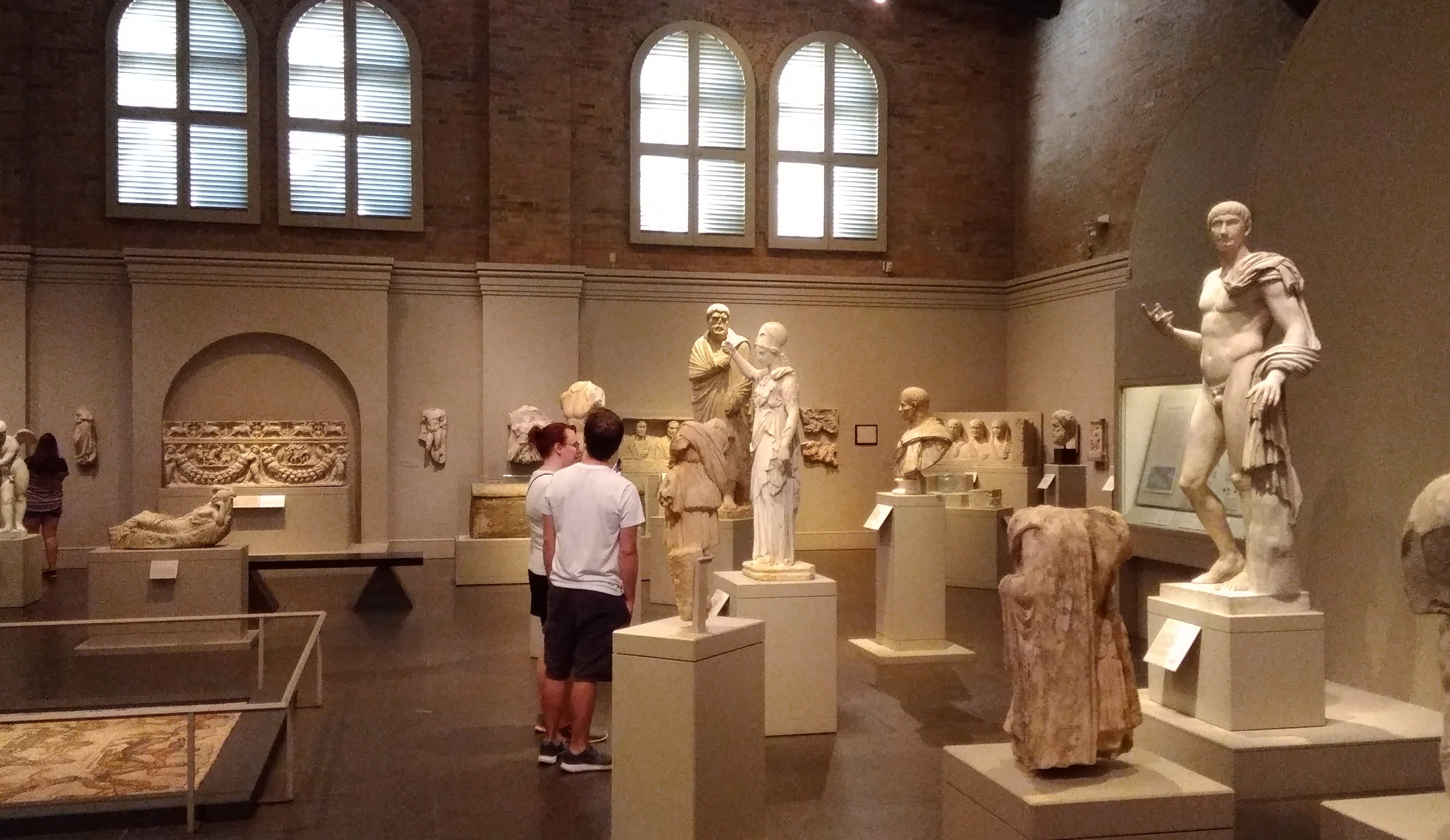
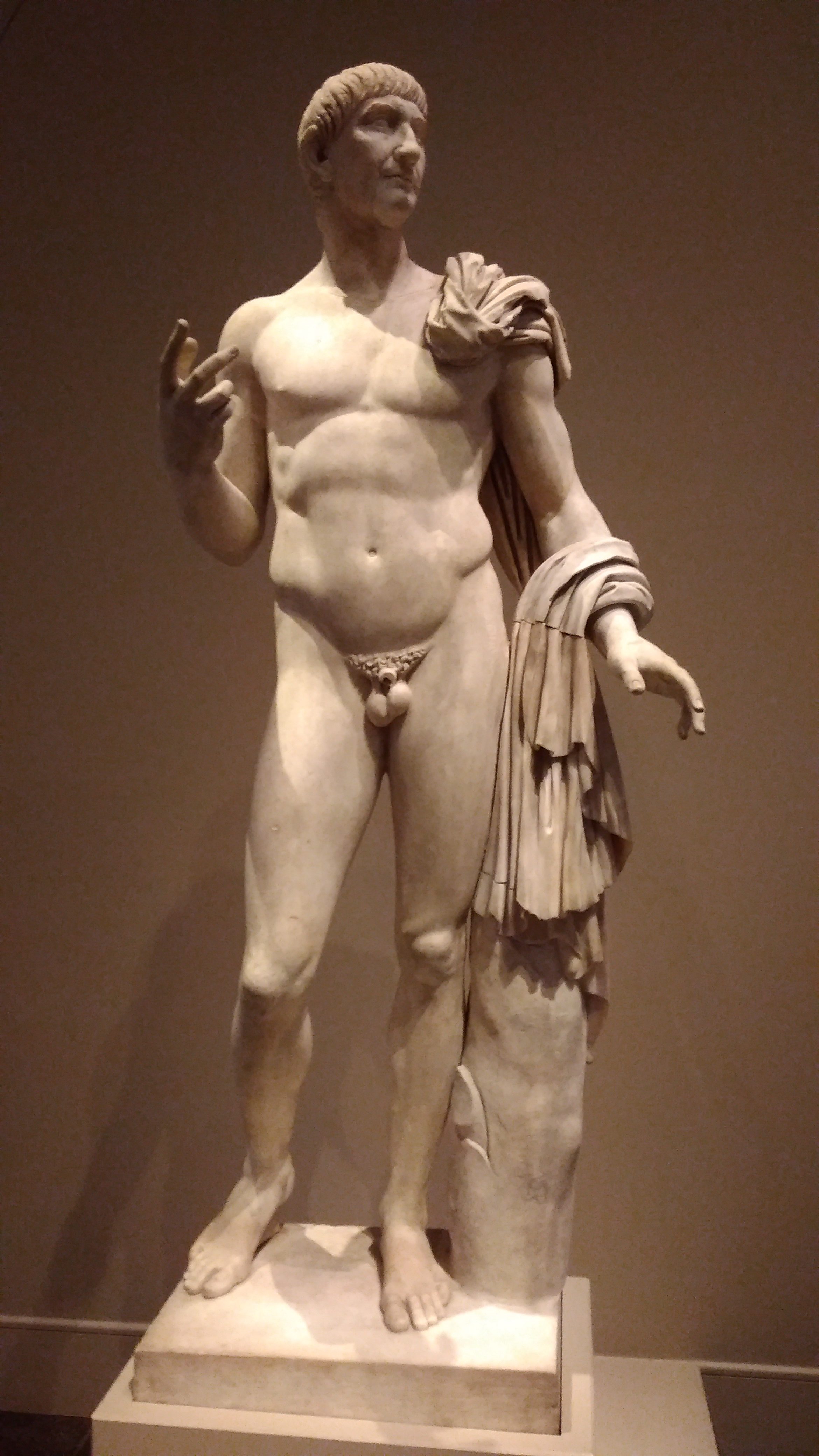
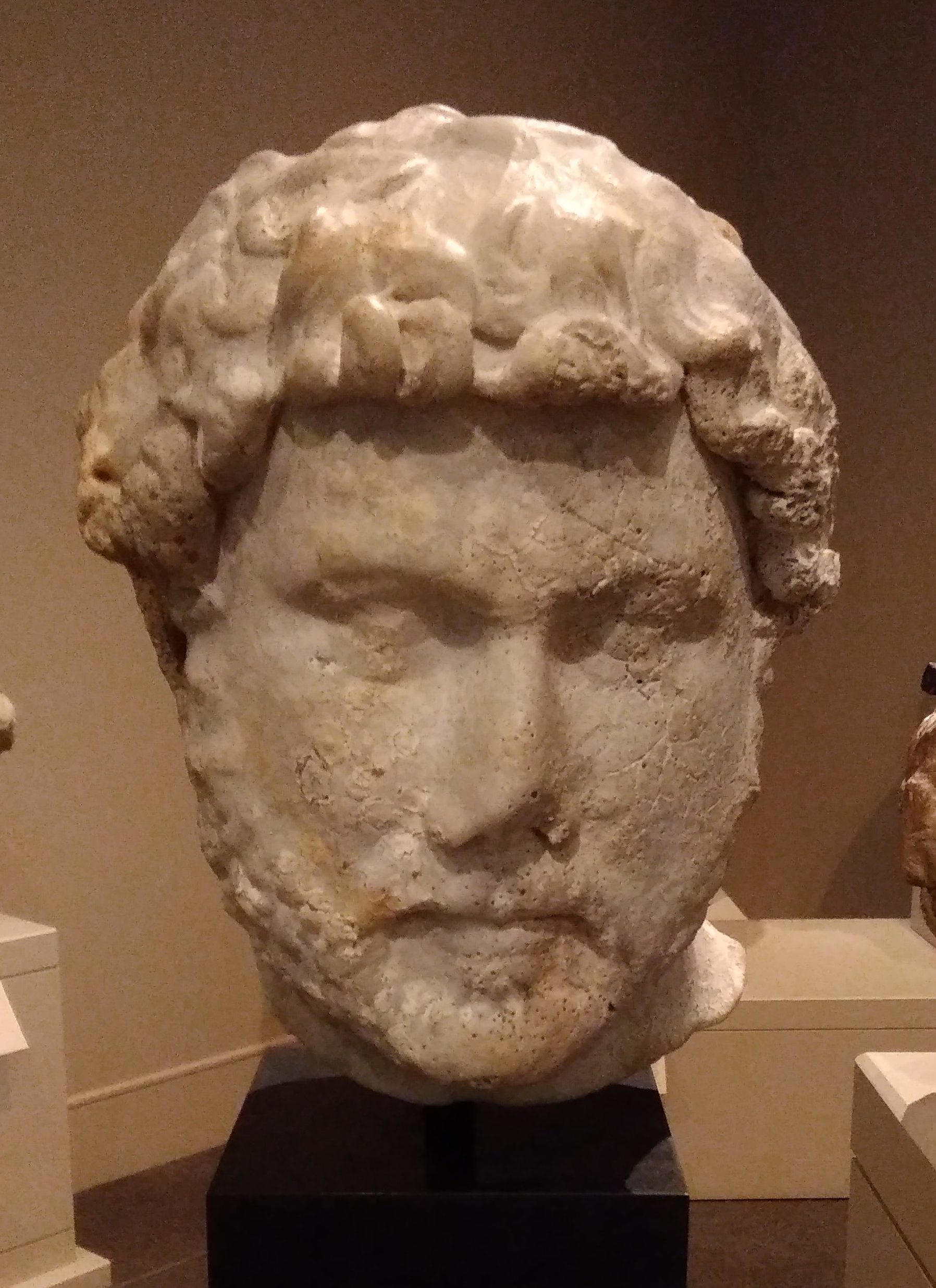
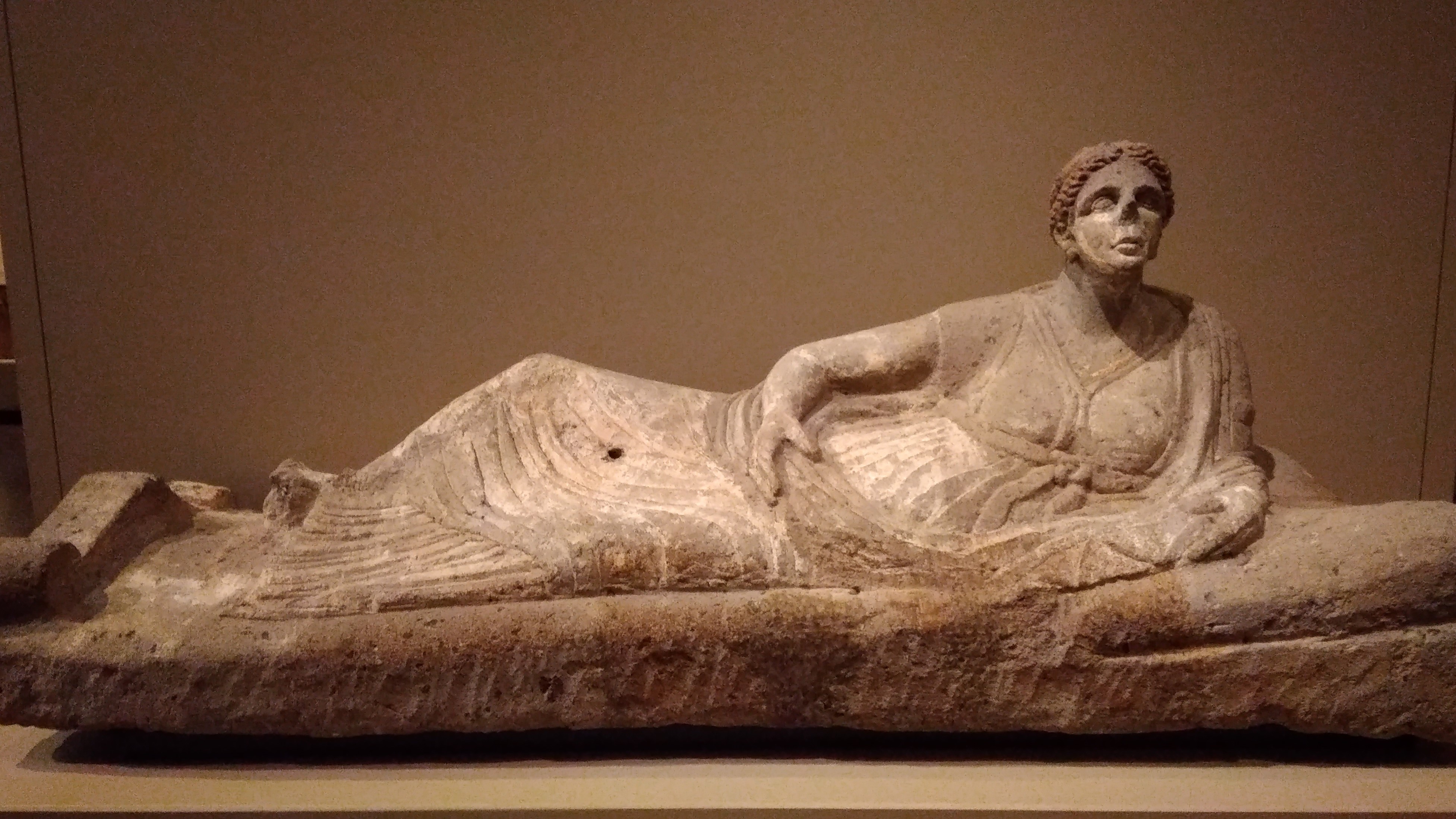
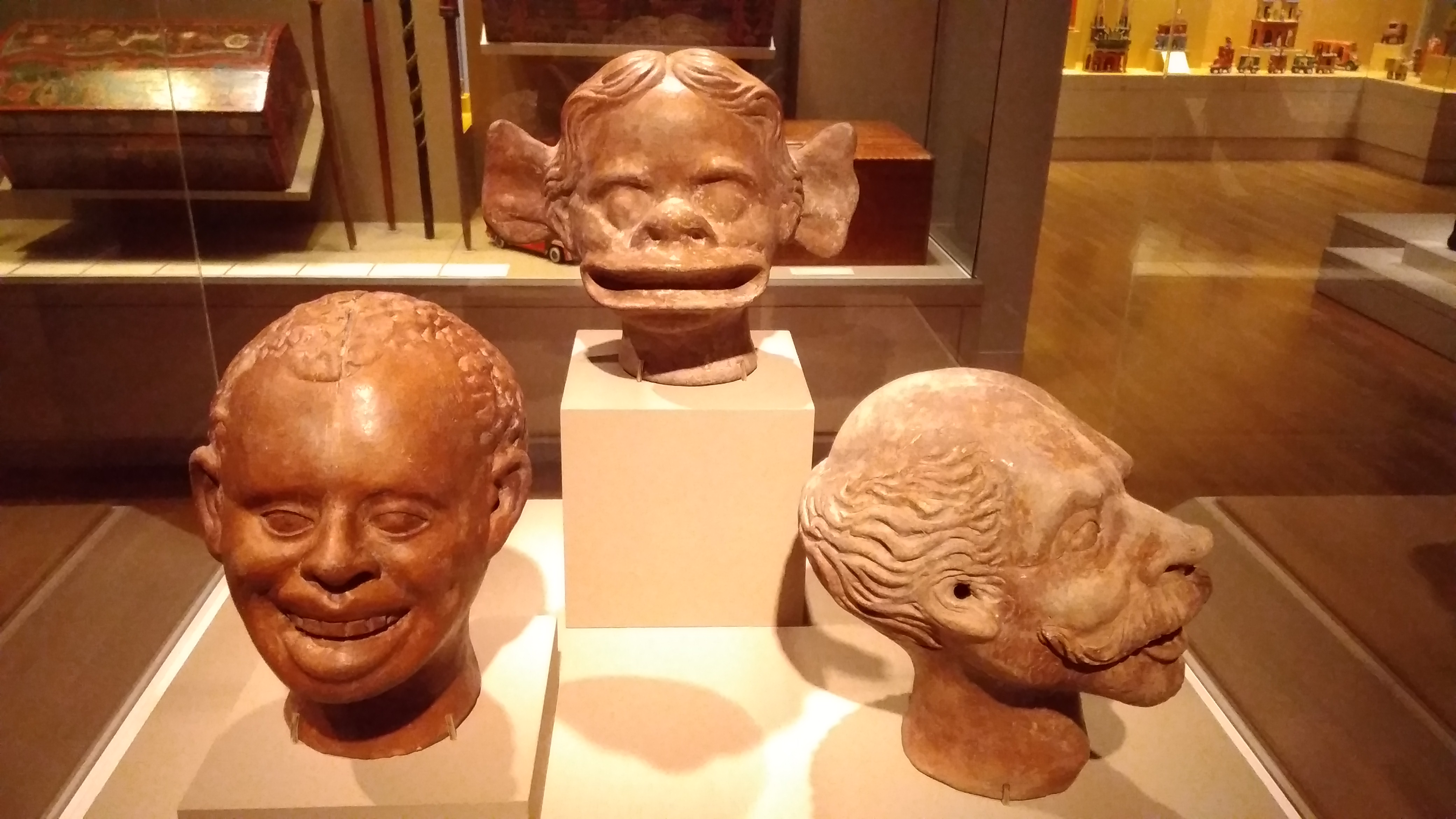
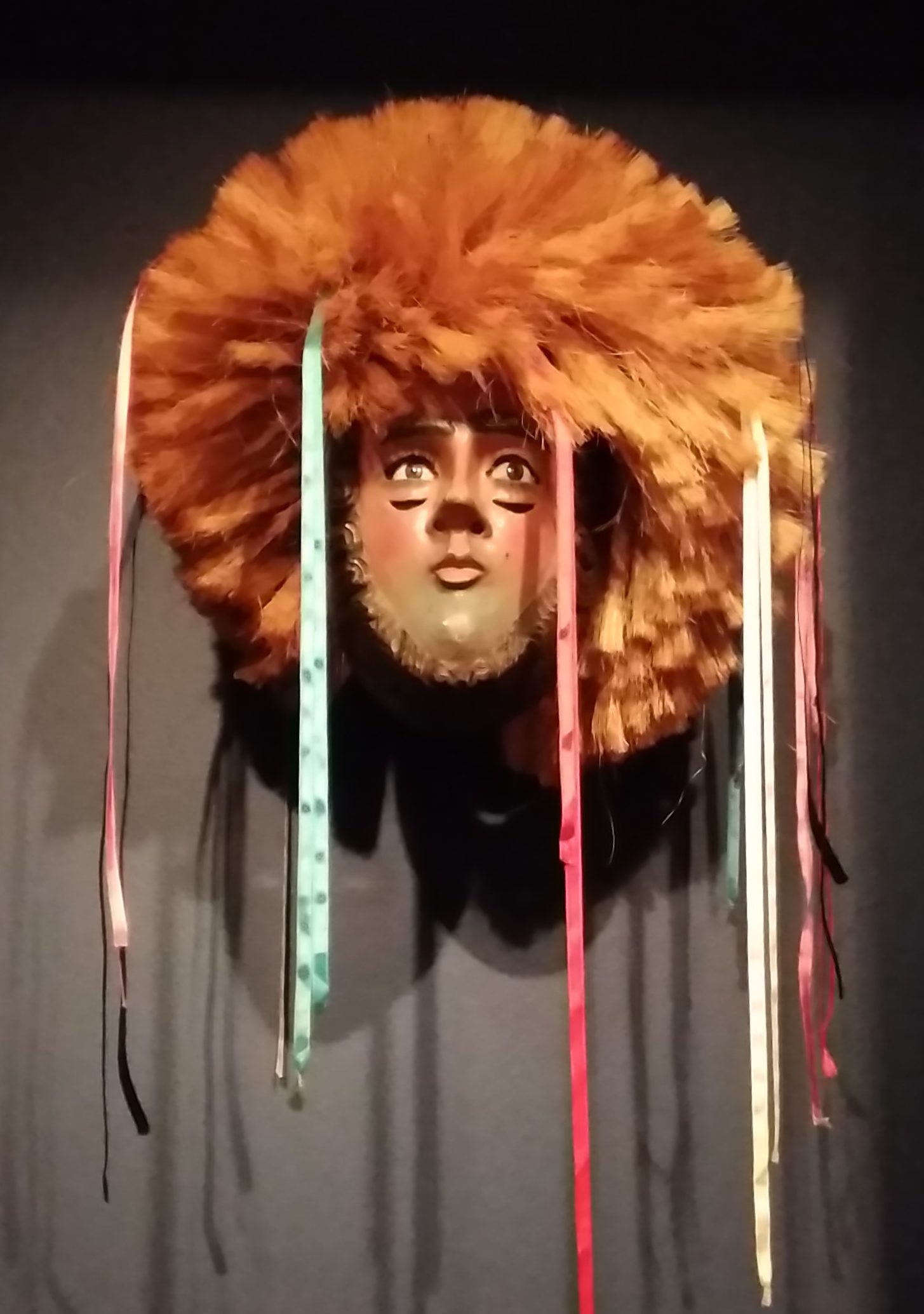
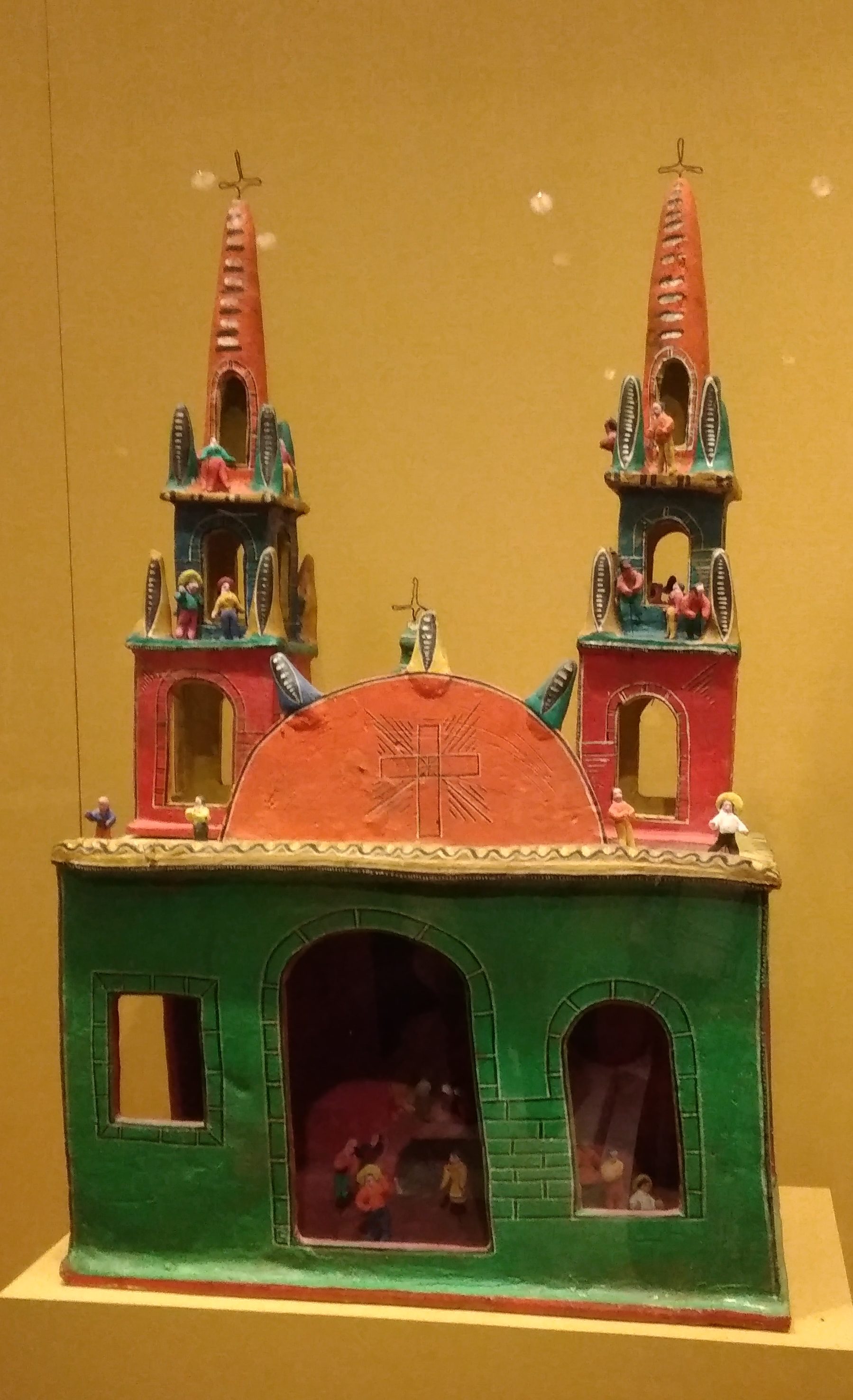
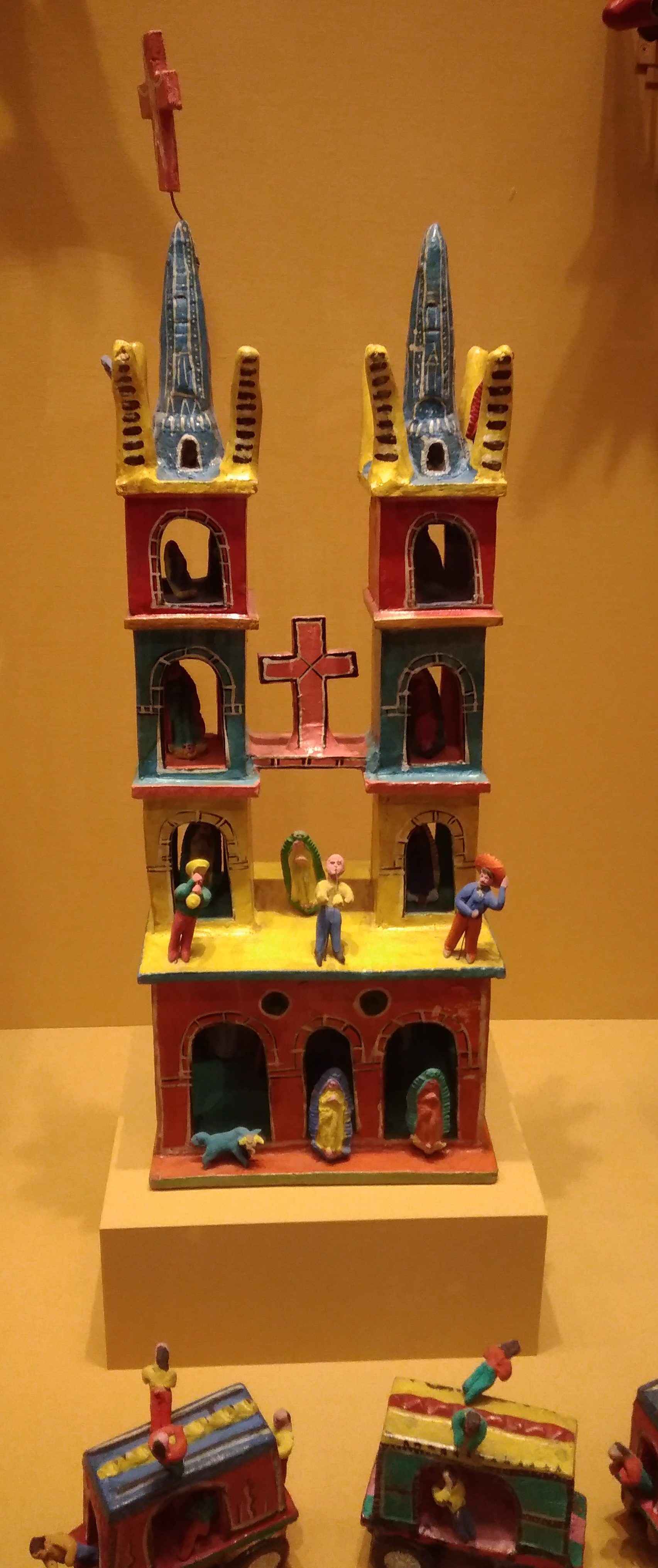
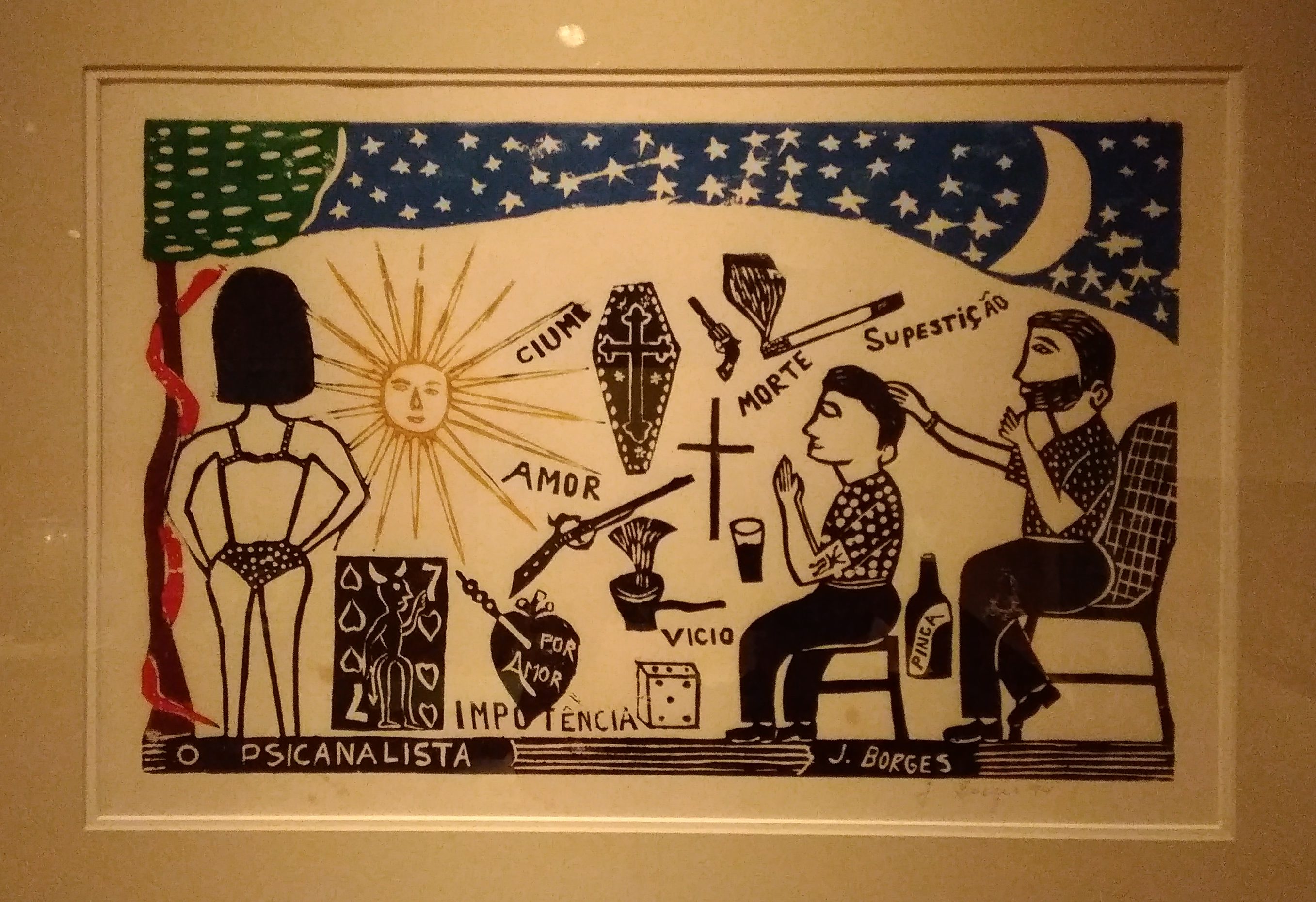 “The Psychoanalyst (El Psicoanalista),” ca. 1994 by Jose Francisco Borges of Brazil.
“The Psychoanalyst (El Psicoanalista),” ca. 1994 by Jose Francisco Borges of Brazil. One more pic from Mexico, a statue on Paseo de la Reforma.
One more pic from Mexico, a statue on Paseo de la Reforma.